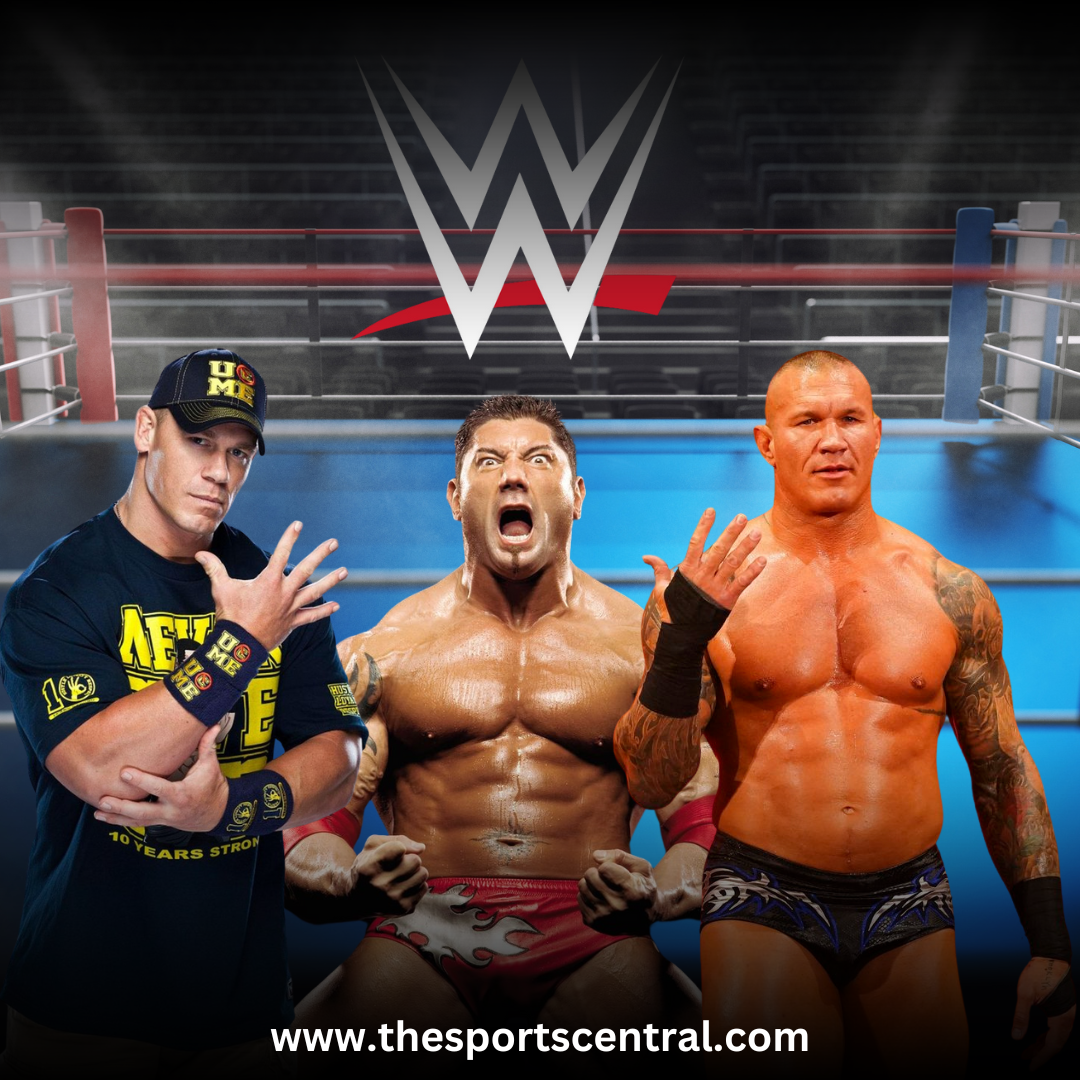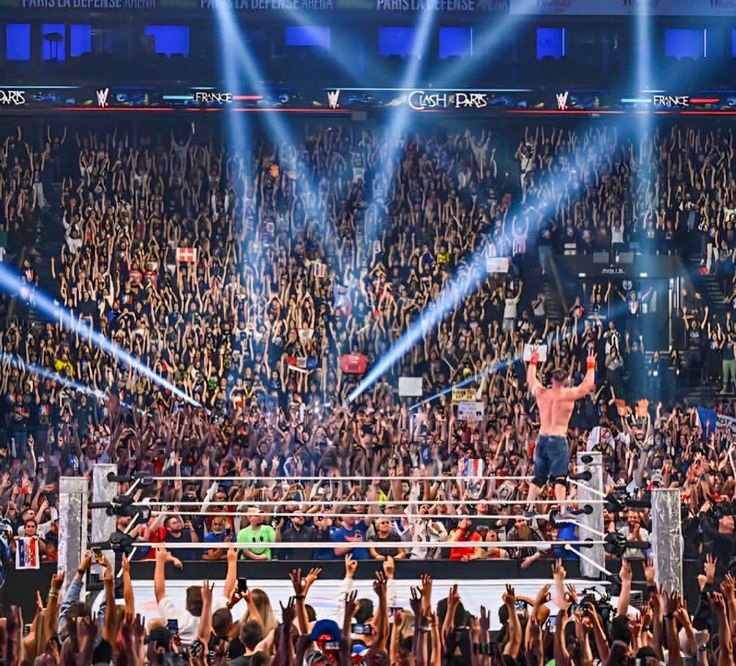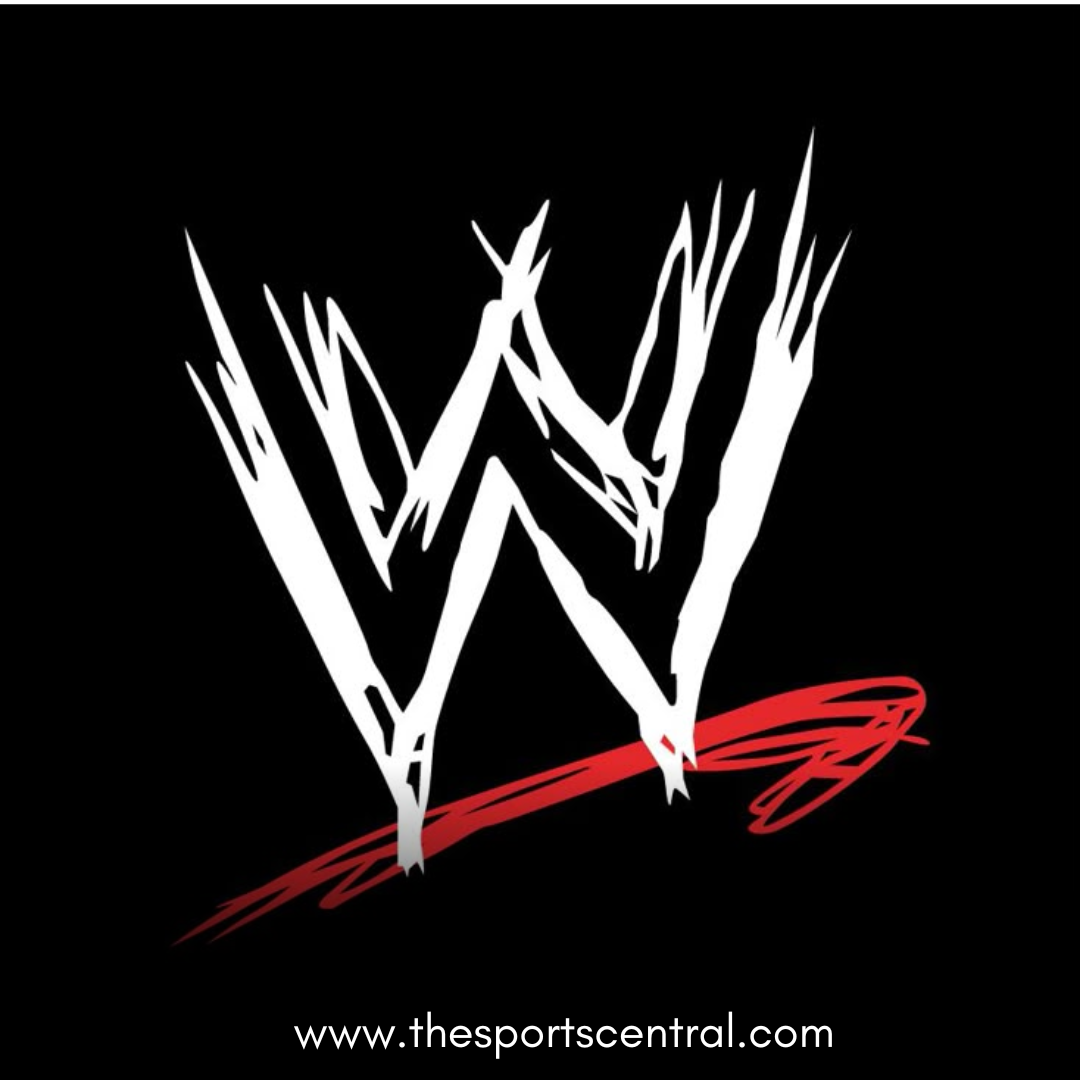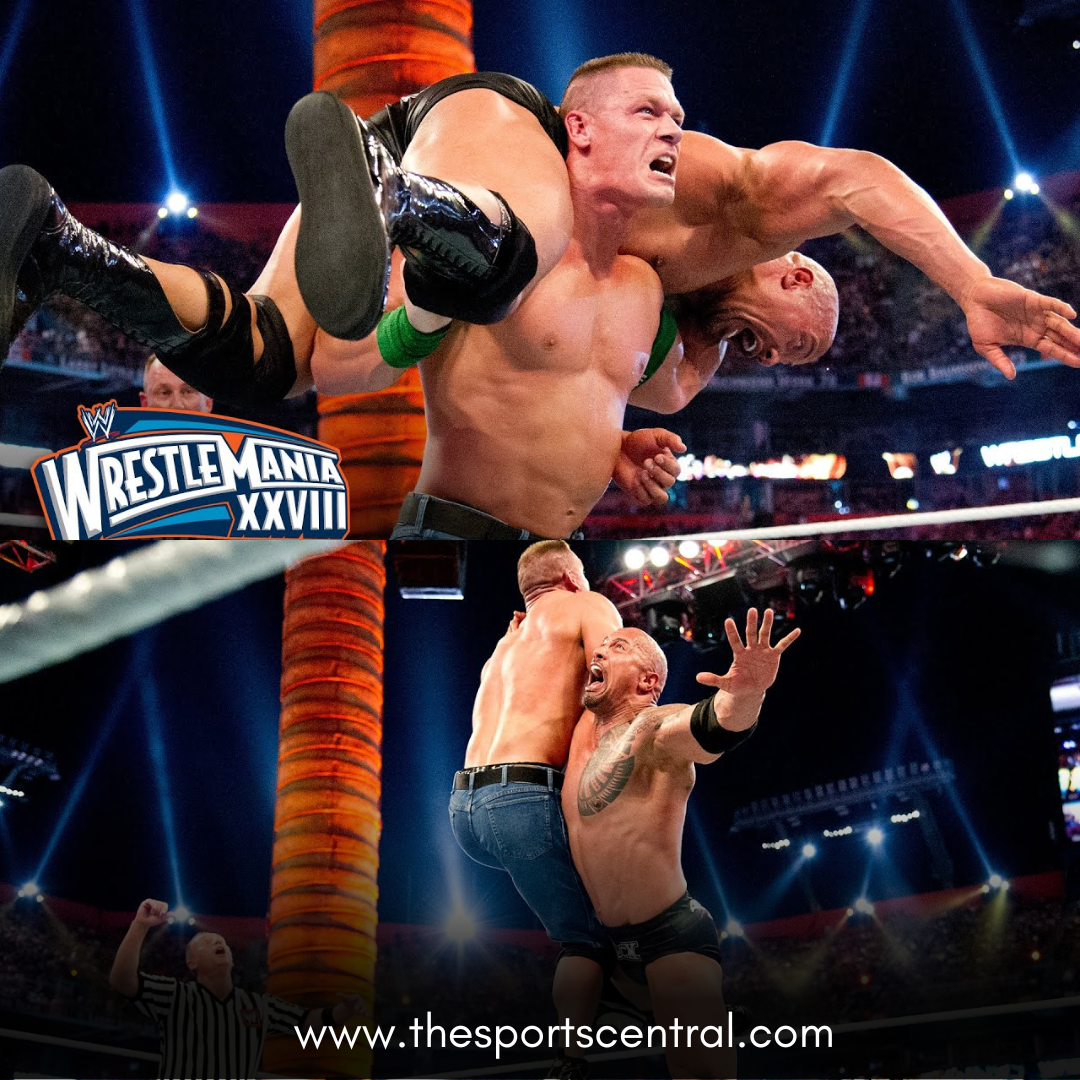World Wrestling Entertainment (WWE) has grown into a global entertainment powerhouse. From its beginnings in the 1950s to becoming a billion-dollar empire, WWE’s journey reflects innovation, bold decisions, and adaptability. With changing audience expectations and an evolving media landscape, WWE has continuously transformed to stay relevant. Here’s a look at WWE’s journey over the decades and the milestones that shaped its path.
Early Beginnings: Wrestling’s Humble Start
WWE’s roots trace back to the 1950s. Roderick McMahon and Toots Mondt founded Capitol Wrestling Corporation (CWC), WWE’s earliest form, in 1952. The company then joined the National Wrestling Alliance (NWA), which helped wrestling gain popularity. In 1963, CWC broke away from the NWA to become the World Wide Wrestling Federation (WWWF), establishing an independent identity in the wrestling world. The shift enabled Vince McMahon Sr., who took over the company, to create an image that focused on larger-than-life characters and intense storytelling.
The Birth of WWE Superstars
During the 1970s, Vince McMahon Sr. and Bruno Sammartino led the WWWF. Bruno became a cultural icon with his long title reign, setting the stage for future stars. As the company grew, it emphasized wrestlers as “superstars,” adding a layer of glamour and fame. In 1979, WWWF rebranded as the World Wrestling Federation (WWF), marking its shift toward entertainment. By the late ‘70s, the seeds were planted for a nationwide wrestling phenomenon.
Vince McMahon’s Vision: National Expansion
In 1982, Vince McMahon Jr. bought the WWF from his father. Vince Jr. had a bold vision—taking WWF national and breaking regional restrictions. Through aggressive marketing and a clear direction, Vince launched WWF into homes nationwide. This move disrupted the wrestling world and sparked the rise of WWF as a household name.
The 1980s Boom: Hulkamania and WrestleMania
The 1980s saw WWF explode into mainstream culture, led by Vince’s strategy to create superstar-driven shows. Hulk Hogan became the face of the company, embodying the American hero persona. Hulkamania spread across the country, drawing millions of fans. The debut of WrestleMania in 1985 further elevated WWF’s status. WrestleMania was Vince McMahon’s ambitious event, blending wrestling with celebrities and music. It became an instant success, attracting a global audience and establishing WWE’s annual flagship event.
The 1980s also introduced popular storylines and rivalries. Iconic feuds between stars like Hulk Hogan, Randy Savage, and Andre the Giant drew massive crowds and heightened fan engagement. WWF became synonymous with high-energy entertainment, drawing in fans from all demographics.
The 1990s: The Attitude Era and the Monday Night Wars
By the 1990s, WWF faced competition from World Championship Wrestling (WCW), leading to the Monday Night Wars. WCW, led by Eric Bischoff, attracted fans with star wrestlers like Ric Flair, Sting, and Hulk Hogan. In response, Vince McMahon introduced the Attitude Era, redefining WWF’s image.
The Attitude Era, spanning from the late 1990s to early 2000s, took a raw, edgy approach. Stars like Stone Cold Steve Austin, The Rock, and Triple H became anti-heroes, attracting a younger, rebellious audience. The rivalries were intense, the language bold, and the storylines unpredictable. WWF’s ratings soared, while WCW struggled to compete. By 2001, WCW folded, ending the Monday Night Wars and solidifying WWF’s dominance.
The Rebranding to WWE
In 2002, WWF rebranded as WWE due to a legal battle with the World Wildlife Fund over the WWF name. While the change initially shocked fans, WWE quickly adapted, leaning into its new identity as “World Wrestling Entertainment.” This shift reflected WWE’s expansion into broader entertainment, covering movies, merchandise, and multimedia ventures.
The Ruthless Aggression Era and International Growth
After the Attitude Era, WWE introduced the Ruthless Aggression Era in the mid-2000s. With new stars like John Cena, Batista, and Randy Orton, WWE focused on athleticism and bold characters. The era emphasized skill-based matches and storytelling, aiming to keep the audience engaged post-Attitude Era.
During this time, WWE expanded internationally, hosting events worldwide. This growth helped WWE gain a global fanbase and made its events accessible to millions. WWE secured media deals across the world, airing shows in over 180 countries.
The PG Era: Shifting to Family-Friendly Content
By 2008, WWE shifted to a family-friendly approach, marking the PG Era. This change attracted younger viewers and allowed WWE to secure larger sponsorships. WWE toned down its language, violence, and mature themes, creating a product accessible to all ages.
John Cena became the face of the PG Era, embodying the family-friendly, inspirational image WWE wanted. While some fans missed the edgier Attitude Era content, the PG Era helped WWE grow a new generation of fans. It became an era focused on safety, inclusivity, and long-term brand building.
The Reality Era and the Rise of NXT
In the 2010s, WWE shifted toward the Reality Era. Social media and behind-the-scenes access allowed fans to see the real personalities of wrestlers. WWE adapted by blending reality with scripted storylines, making the stars more relatable. Fans embraced wrestlers like Daniel Bryan, who represented the underdog. His “Yes! Movement” showcased fans’ influence over WWE, leading to a memorable title win at WrestleMania 30.
Around this time, WWE launched NXT, initially as a developmental brand. NXT gained popularity, with stars like Seth Rollins, Finn Balor, and Charlotte Flair emerging as top talents. NXT became known for its high-quality matches and passionate fanbase, competing with WWE’s main roster in popularity.
The Women’s Evolution
One of WWE’s most significant transformations in recent years has been the rise of women’s wrestling. For decades, women were limited to secondary roles. However, in the mid-2010s, WWE launched the Women’s Evolution, emphasizing talent over stereotypes. Stars like Charlotte Flair, Becky Lynch, Sasha Banks, and Bayley changed the perception of women’s wrestling.
In 2018, WWE hosted its first all-women’s pay-per-view, Evolution, celebrating the progress of female wrestlers. WWE also gave women equal billing at WrestleMania, with Becky Lynch headlining in 2019. The Women’s Evolution has elevated WWE’s appeal, bringing more fans into the fold and proving that women can be as popular as their male counterparts.
The COVID-19 Era and the ThunderDome
The COVID-19 pandemic forced WWE to adapt. With live audiences prohibited, WWE created the ThunderDome, a virtual viewing experience. Thousands of fans attended events virtually, allowing WWE to continue its shows. While challenging, the ThunderDome marked a period of innovation, showcasing WWE’s commitment to its fans even in tough times.
WWE also created the Performance Center, an in-house training facility, for events and talent development. This setup kept WWE operational during the pandemic, helping it maintain fan engagement.
The Current Era: Digital Expansion and Global Reach
Today, WWE continues to innovate. It has embraced digital platforms like WWE Network, now part of Peacock in the U.S., providing fans with on-demand access to matches and exclusive content. WWE’s streaming strategy has made it easier for fans worldwide to watch content anytime, further expanding its reach.
In recent years, WWE has partnered with brands like Netflix and Saudi Arabia’s General Sports Authority, holding major events globally. WWE continues to grow its presence in international markets, hosting events in the UK, Saudi Arabia, and Australia.
Conclusion: WWE’s Legacy and Future
WWE’s evolution reflects a brand that adapts, reinvents, and leads. From its regional wrestling roots to a global entertainment giant, WWE has embraced change while maintaining its core appeal. Each era—from the Attitude Era to the PG Era—introduced new stars, styles, and stories, keeping fans engaged. WWE’s blend of drama, athleticism, and innovation makes it unique, attracting millions of fans worldwide.
As WWE moves forward, it aims to stay relevant in a digital world, nurture new talent, and honor its rich history. With a legacy spanning decades, WWE has cemented itself as the face of professional wrestling, and it shows no signs of slowing down. The future promises more thrilling moments, unforgettable matches, and a continued commitment to entertaining audiences around the globe.











It’s actually a nice and helpful piece of information. I am happy that you just shared this helpful information with us. Please keep us up to date like this. Thanks for sharing.